Almost half of consumers - and even some buyers - admit they do not understand the Carbon Trust's new carbon footprint labels, according to exclusive research carried out for The Grocer.
A survey of 2,000 consumers by Harris Interactive indicated that 42% did not understand the label, launched earlier this year. The survey also cast doubt on the scheme's effectiveness. Only 46% of those quizzed by Harris thought carbon labelling was a good idea. Just 44% believed all food and drink should carry a label.
Walkers crisps became the first product to carry the label on-pack last month, while Boots has introduced it on to its shelf barkers. Innocent, meanwhile, is displaying the carbon footprint for smoothies on its website.
According to the research, consumers are most in favour of an on-pack label, with 33% saying this was the best approach. Only 5% said labels should be shown on company websites alone.
Using the Carbon Trust's methodology, a carbon footprint is calculated by examining every aspect of a product's lifecycle. The data is translated into an estimate of all gases produced, expressed in grams of Co2 per gram of product.
In a separate survey by The Grocer, only 17% of supermarket buyers said they believed consumers properly understood the label. "I don't think the majority of people know what it's about, and I don't," said one buyer. It has already been criticised by Tesco's Sir Terry Leahy who has promised to introduced an alternative scheme.
"There is confusion among consumers because they think that everything that comes from halfway across the world is really bad, when it could have come on a boat rather than a plane," another buyer added.
do you get it?
Do you understand what a carbon label means?
Yes58%
No42%
Do you think all food and drink products should carry a carbon label?
Yes44%
No19%
Not sure37%
Where should it be displayed?
On pack 33%
On shelf 13%
On a website5%
All of the above 22%
Not sure27%
Source: Harris Interactive










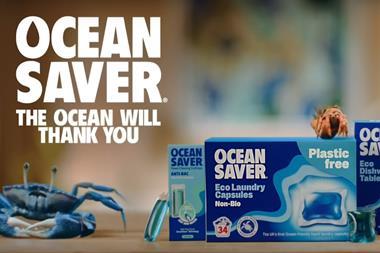
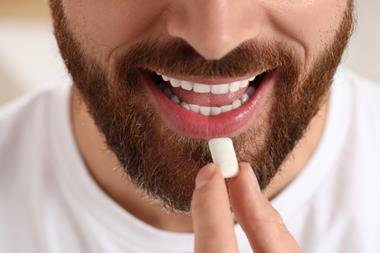

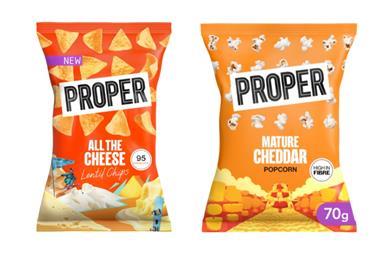

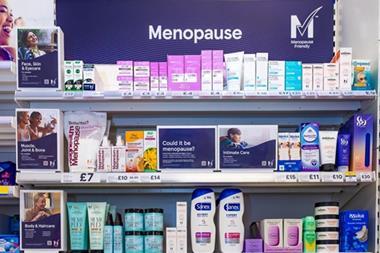

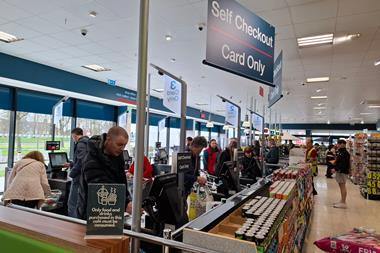

No comments yet